Saint John Paul II, one of the most influential personalities of the 20th century, is remembered for several significant events in his life. Here we tell you 10 of them.
1. Origins marked by suffering
Receive the main news from ACI Prensa by WhatsApp and Telegram
It is increasingly difficult to see Catholic news on social media. Subscribe to our free channels today:
Saint John Paul II was born in the modest town of Wadowice, Poland, on May 18, 1920, the youngest of three brothers. From a young age, his life was marked by tragedy: his mother died in 1929, his older brother Edmund died in 1932, and his father, an army non-commissioned officer, suffered the same fate in 1941. Furthermore, his sister Olga had died before his own birth.
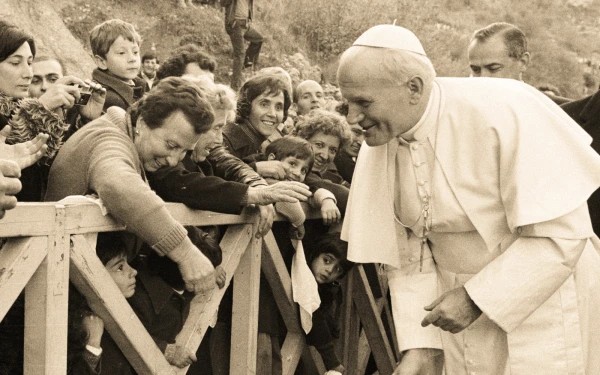
2. Devotion to Saint Charles (Karol) Borromeo
Saint John Paul II shared a special connection with Saint Charles (Karol) Borromeo, despite living in different times. Both had notable and similar stories, as Saint John Paul II himself highlighted in his audience on November 4, 1981.
There are several notable similarities between Saint John Paul II and Saint Charles Borromeo that deserve highlighting. First of all, they share the same name, as “Karol” Wojtyla—his given name—translates into Spanish as “Carlos.” Additionally, both faced assassination attempts, participated in Councils of importance to the Church, and shared a deep compassion for the needy and sick.
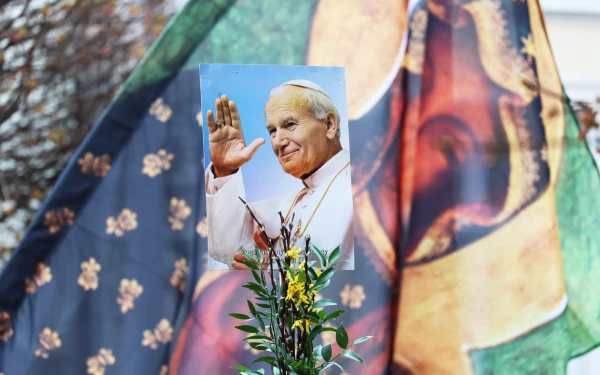
3. Saint John Paul II broke records and achieved important achievements
Pope Saint John Paul II left an indelible mark on the history of the papacy. Not only was he the first Pontiff of non-Italian origin since Hadrian VI (1522-1523), but he also holds the record of being the Pope who has made the most trips, visiting 129 countries in total. His notable feats include being the first Successor of Peter to enter a synagogue, visiting the White House in the United States, and traveling to Cuba.
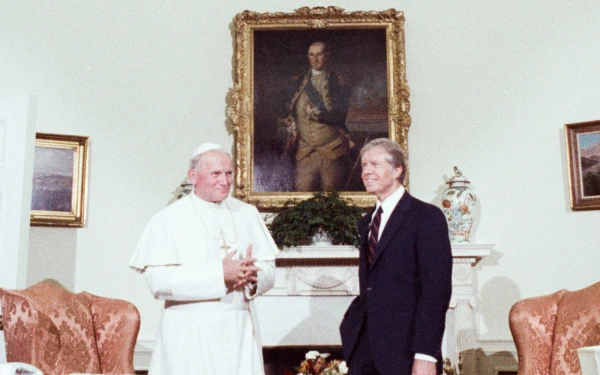
4. The outstanding diplomacy of Saint John Paul II
The pilgrim Pope proved to be a consummate diplomat during his pontificate. Thanks to his leadership, he significantly increased the number of nations that maintain diplomatic relations with the Holy See, going from 85 countries in 1978 to 174 in 2003.
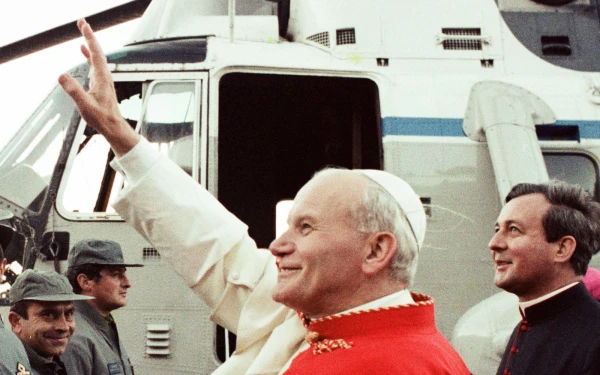
5. He was the creator of World Youth Days
Moved by his deep love for young people, Saint John Paul II established World Youth Days (WYD) in 1985. Throughout the 19 editions that this event took place during his papacy, it brought together millions of young people from all over the world. In addition, he demonstrated his commitment to the family by inaugurating world family meetings in 1994.
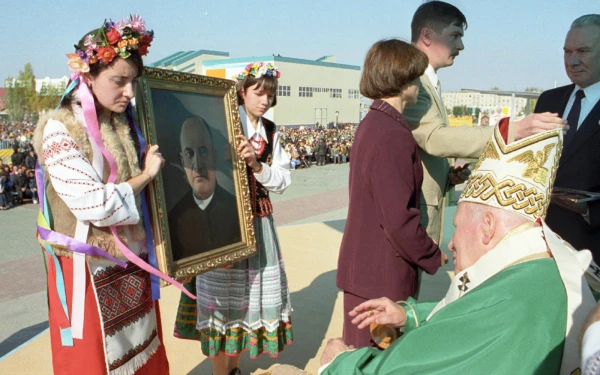
6. Double PhD
Pope Wojtyla obtained two academic doctorates. In 1948, he completed his first degree in Theology at the Pontifical University of Saint Thomas Aquinas (Angelicum), with a thesis focused on faith in the works of Saint John of the Cross.
Later, in 1953, he obtained another in Philosophy from the Catholic University of Lublin with a thesis entitled Assessment of the possibility of founding a Catholic ethics on the basis of Max Scheler’s ethical system.
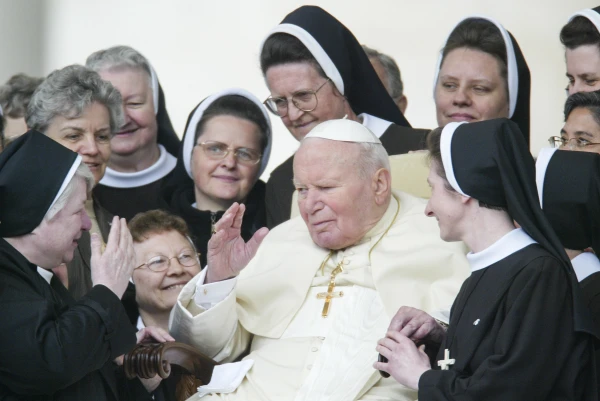
7. Survivor of attacks
Saint John Paul II faced multiple assassination attempts. On May 13, 1981, he was shot in St. Peter’s Square by Mehmet Ali Agca. On May 12, 1982, in Fátima, Portugal, a dissident priest attempted to stab him, but was intercepted a short distance away.
Furthermore, it was discovered that a group of Muslim terrorists were planning to blow up the plane he was traveling on during his visit to the Philippines. Fortunately, local authorities prevented the plan.
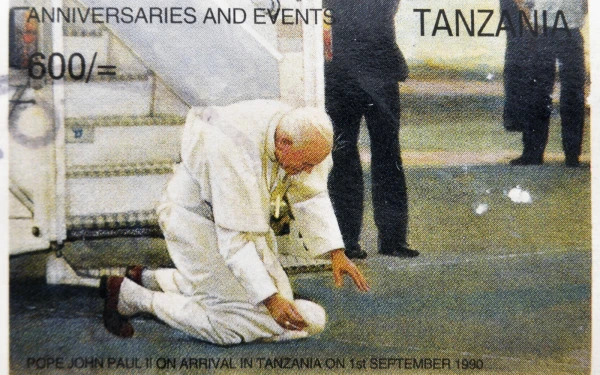
8. The request for forgiveness in the name of the Church
On March 12, 2000, Saint John Paul II issued a sincere request for forgiveness on behalf of the Catholic Church for the faults committed throughout its history, including discrimination against women, the poor, and various ethnicities. On June 15, 2004, he reiterated this gesture by asking forgiveness for the errors of the Inquisition and the use of methods incompatible with the principles of the Gospel.
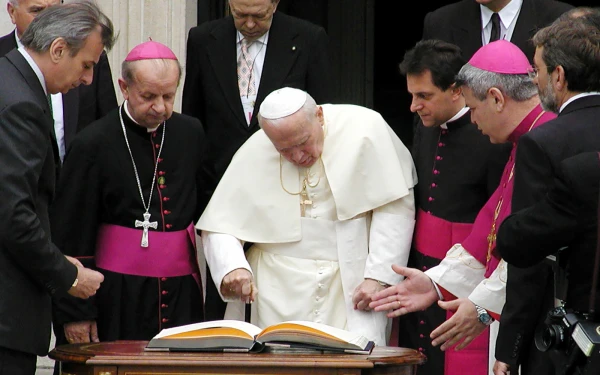
9. Promulgation of the Catechism of the Catholic Church
Saint John Paul II promulgated the Catechism of the Catholic Church. In addition, he carried out reforms in the Code of Canon Law, the Code of Canons of the Eastern Churches and reorganized the Roman Curia. His legacy includes 14 encyclicals, 15 apostolic exhortations, 11 apostolic constitutions and 45 apostolic letters.
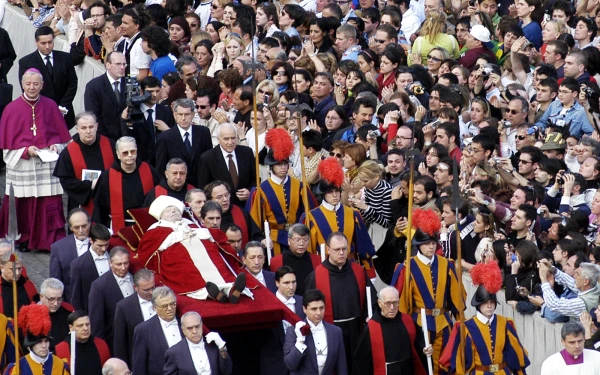
10. His quick beatification
Saint John Paul II died on April 2, 2005, and just 26 days later Pope Benedict XVI waived the five-year waiting period after death required to begin his canonization process.
Cardinal Camillo Ruini, vicar general of the Diocese of Rome, officially opened the cause on June 28, 2005. On May 1, 2011, Benedict XVI beatified him, marking one of the fastest beatifications in modern times. Pope Francis canonized him, along with John XXIII, on April 27, 2014.
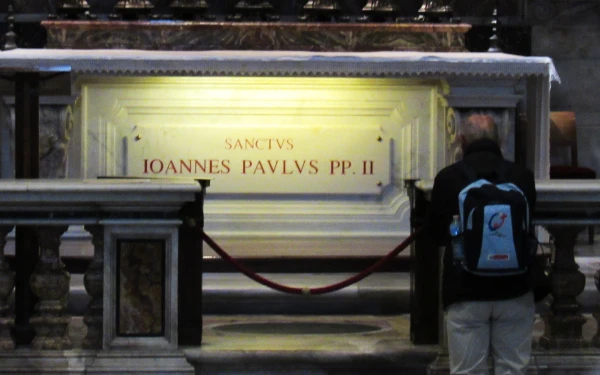
Originally published October 18, 2023. It has been updated for republication.

